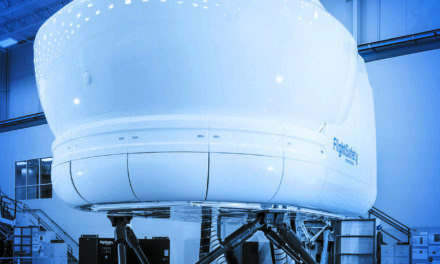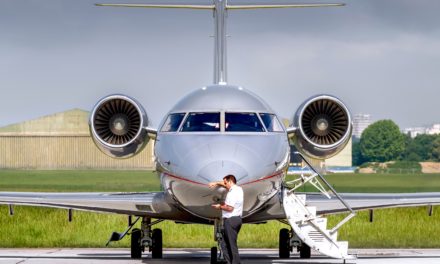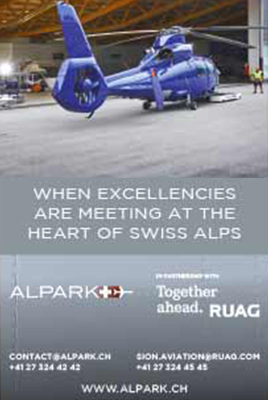Among the long list of services proposed to users of private aviation – whether they are professionals, private individuals, passengers or crew-, having ground transportation near the aircraft on the tarmac is one of the services appreciated the most by customers.
This service offers numerous advantages for these users, such as greater confidentiality. It is much easier to escape the inquisitive looks, whether they involve spotters, paparazzi, or curious onlookers. Meeting the ground-based vehicle on the tarmac also offers a higher level of comfort, such as by shielding the customer from bad weather. However, the primary advantage remains saving time by reducing the wait on the ground: direct access on the tarmac lets you board or debark from your aircraft much faster than even in the best possible specialized terminals.
Specific Skills and Accreditation
This service also offers numerous advantages for airport companies, such as to be able to individualize the treatment of each flight, or to separate the flow of incoming and outgoing traffic. This service raises nonetheless a number of questions about the skills and accreditation necessary to assure the security of these operations, including concerns about safety. As far as the specific skills and accreditation are concerned, direct access on the tarmac requires passing an adapted training program. The driver of a vehicle circulating among aircrafts must, more than any other driver, be trained in this skill. Whatever type of vehicle, the driver has to be the holder of a specific driving licence. No matter the given name (runway driving licence / airport driving licence /…), the important thing is to have completed a training course adapted to the risks incurred. It does not exempt, naturally, the operator of making sure that the Airport Safety Zones have been correctly indicated. If distinguishing the vehicle by an orange flashing light doesn’t seem like much compared to the expectations of the customer, the properly driven escort seems to be the best solution to balance discretion, security and efficiency.
The risk coverage
The safety concerns are not neglected either. Their treatment necessarily has to rely on the current police orders and other particular enforcement measures. In every case, the access permits for the drivers (TCA) and their vehicles (macaron) must be issued and displayed according to the current regulations and requirements. A professionalization of these drivers seems to be essential to maintain the adequate level of safety; this professionalization will make it easier to handle treatment of the various safety aspects of private access on the tarmac. Last point but not the least is the question of the risk coverage. Far too often, the questions of insurance are limited to a liability waiver for the insurer towards the driver of the ground-based motor vehicle.
In certain extreme cases, this liability waiver is absent. If driving a vehicle on the runway or in a restricted area (“side tracks”, as it is recently described) is not harmless, the question of covering the risk is significant, as well, especially when accounting for the considerable cost involved. Every driver must be correctly insured for the entire set of occupational hazards. The insurance contract must mention this coverage. Driving in restricted areas must be mentioned in black and white on the certificate for which every driver asks of the insurer. This certificate will have to specify in a clear way and without ambiguity, the zones wherein the vehicle and the driver are covered.
JEAN-CHARLES BOREL
Aéroport Albert Picardie
1 Rue Henry Potez 80300 Méaulte – France
+33 3 22 74 38 10
info@aeroportalbertpicardie.com
aeroportalbertpicardie.com










